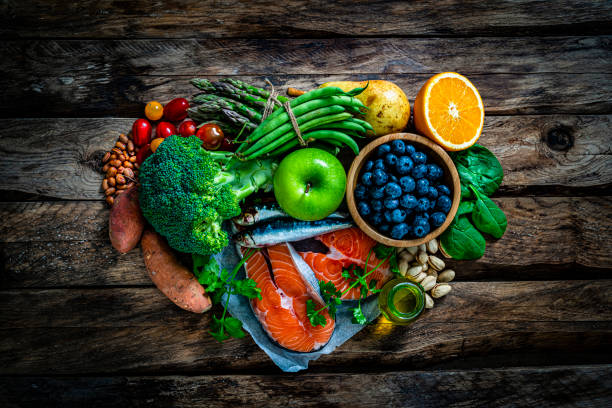
You’re back from the store with a variety of healthy foods. Now what? For many, it’s how we cook that takes our diet from healthy to not healthy. A lean piece of chicken that is heavily breaded and fried goes from a great choice to a diet disaster. It’s important to know the healthiest methods of cooking and how to bring the most flavor with the least amount of added fat, salt and calories.
Broiling/Grilling: Direct heat is the key to both broiling and grilling. Using a broiler rack (or placing your food on the grill rack) allows fat in the food to drip away. Vegetables can be grilled by brushing them lightly with olive or canola oil.
Roasting: Roasting uses the dry heat of your oven to cook your food. You can roast meats and/or vegetables in a roasting pan or on a baking sheet.
Steaming: You can steam vegetables and fish by using a steamer basket or using a metal colander placed in a larger pot (water filled to just the bottom of the colander). Steaming your food will add no extra calories and can help you retain most of the nutrients.
Stir-frying: To stir fry, cut your vegetables and meat into small pieces, all approximately the same size. The food is cooked using high heat and “stirring” the food in a wok or large frying pan. Traditional stir-frying uses very little oil.
To add even more flavor to your food, consider adding fresh herbs, such as basil, rosemary, thyme or oregano. You can also add more flavor by marinating your food. Choosing to buy healthy food is just the first step to a healthy meal. Choose a healthy method of cooking to ensure that your healthy food is both delicious and wholesome!


